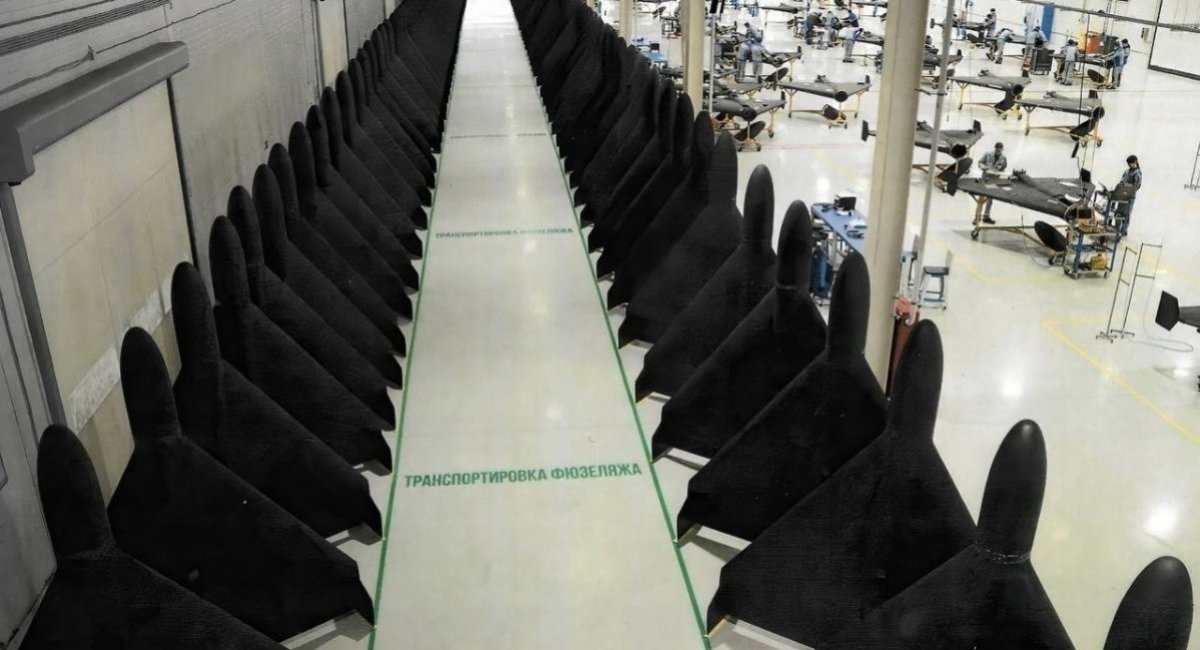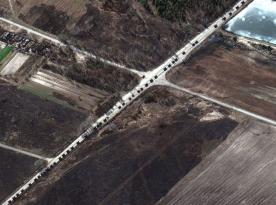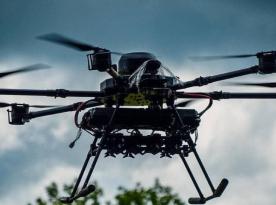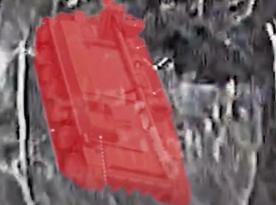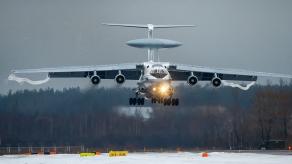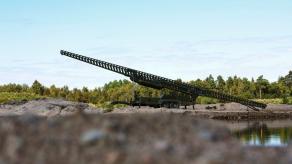Engineers in russia continue to work on improving Shahed-136 kamikaze drones, a weapon that russian invasion forces use to launch daily long-range attacks on Ukraine. Recent photos that surfaced on social media indicate that russians have upgraded Shahed's satellite navigation module. The pictures of electronics found inside intercepted drones with explanations were published by the war_home Telegram channel.
According to this intelligence, russians replaced the standard satellite navigation module with a new RTK GNSS type, labeled Beitian BT-982K1 (L1, L2, L5). Compared to the SPGM 220 L1, L2 found in the drones previously, the new module supports the L5 frequency range, but the main advantage is of course the Real Time Kinematic (RTK) technology.
Read more: russia Simplifies Shahed to the Utmost: Drone's Engine Lacks Starter and Flywheel
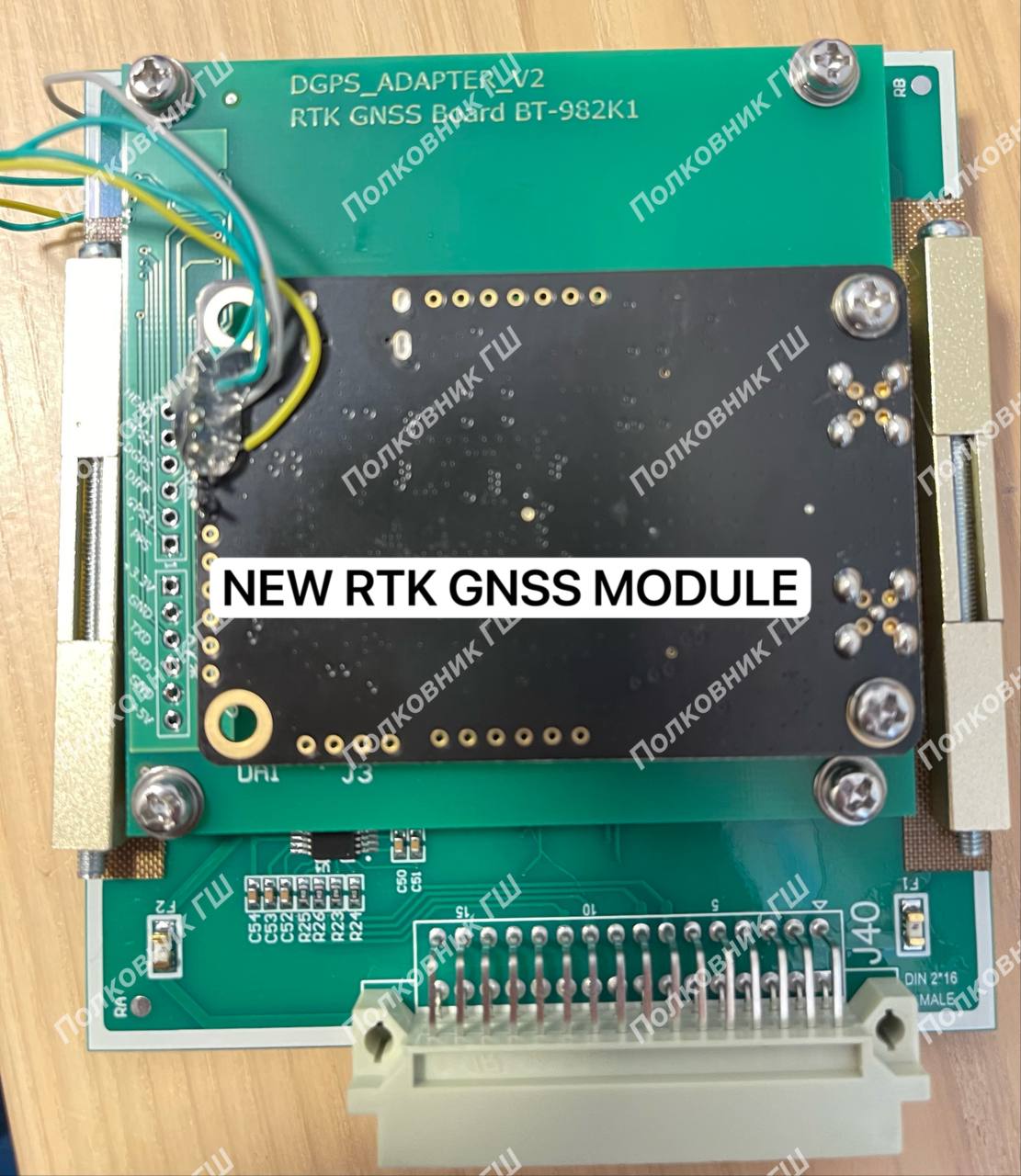
It allows the receiver to find its location with an accuracy of up to millimeters in real-time via the Internet, and it requires a paid subscription to the service to work. Both the map and service coverage area are available to absolutely everyone and they look like this on the territory of Ukraine:
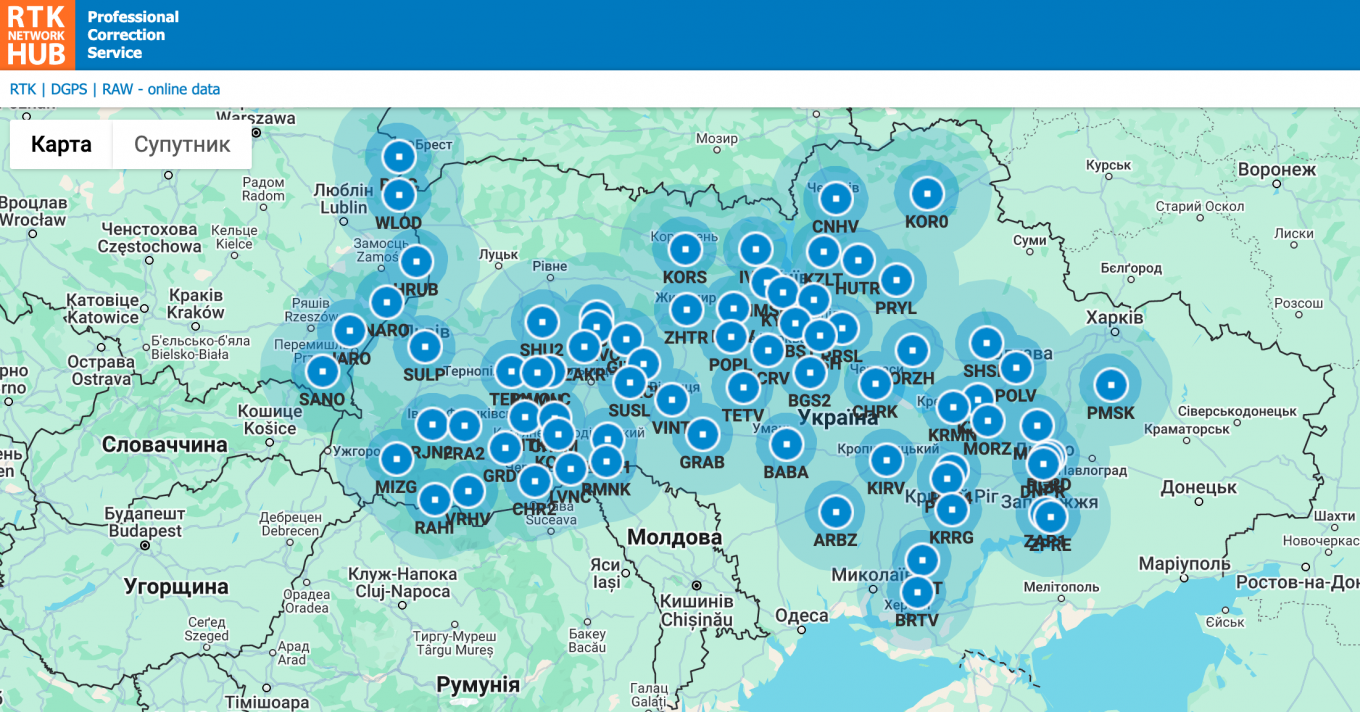
Using this technology with Shahed-136s means, in practice, an increase in hit accuracy. However, an important nuance here is that the flight adjustment is based on the data received from satellites; that is, deploying effective electronic warfare countermeasures would render the RTK technology useless.
For a reminder, this March, Defense Express reported that russians probably started installing DGPS navigation units on their Shahed-136, aka Differential Global Positioning System that provides more accurate location data.
Also, Shahed drones have been seen equipped with 4G receivers, one more tool that is believed to have the purpose of helping in navigation, and/or for two-way data exchange between the Shahed-136 and the operator to enable flight route adjustments after takeoff.
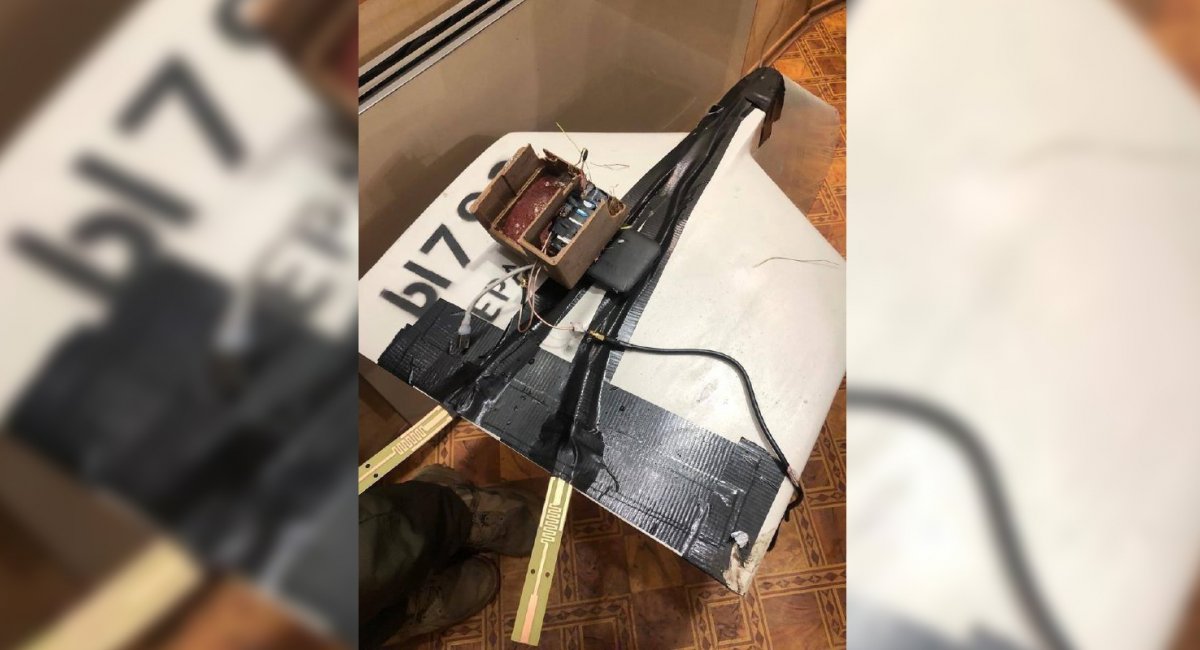
Earlier, Defense Express revealed a Shahed-136 equipped with a Starlink web access terminal to potentially turn this UAV with an operational range of over 2,000 km into a remotely-piloted weapon.
Read more: russians Launch Record Number of Shahed Drones Against Ukraine, Surpassing 150 Units



